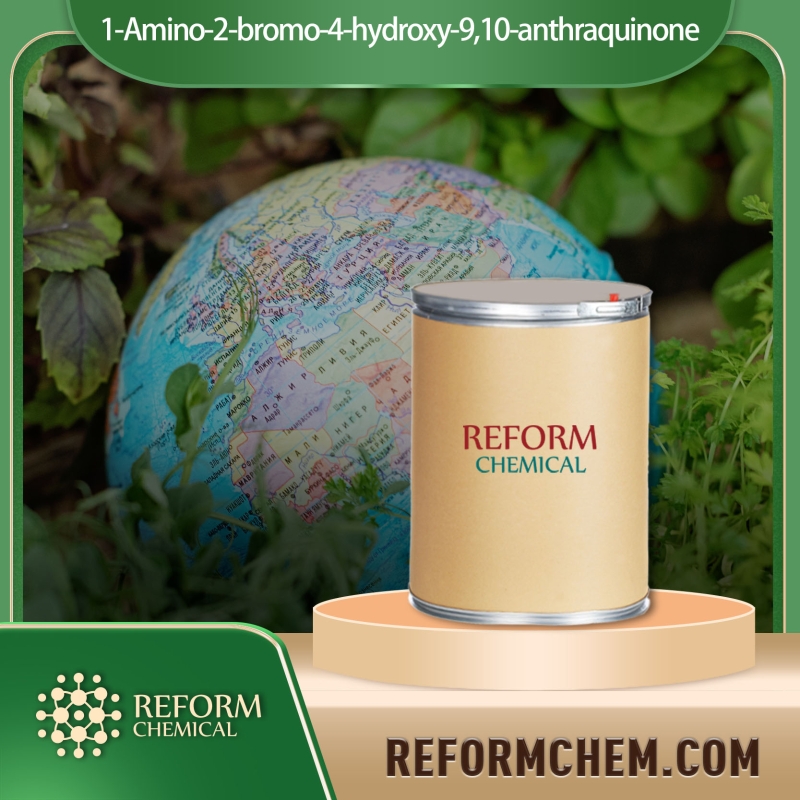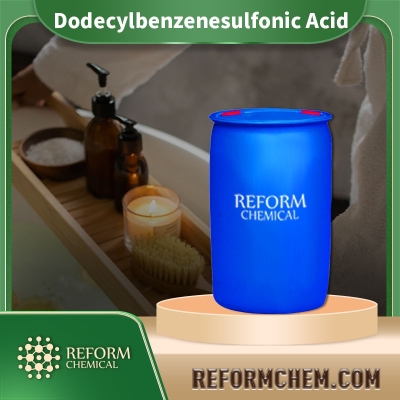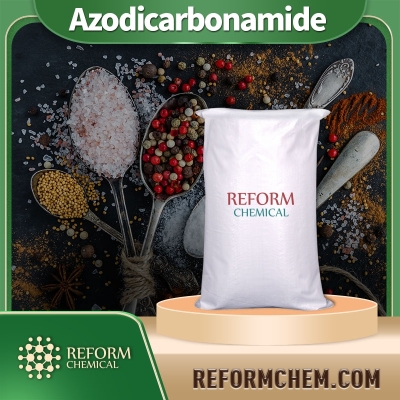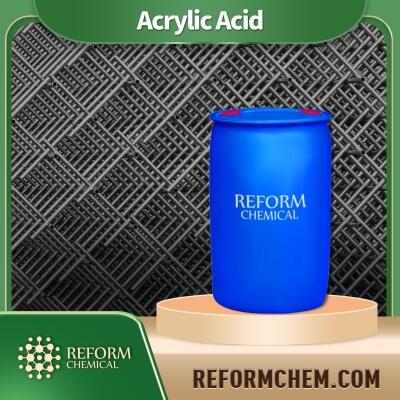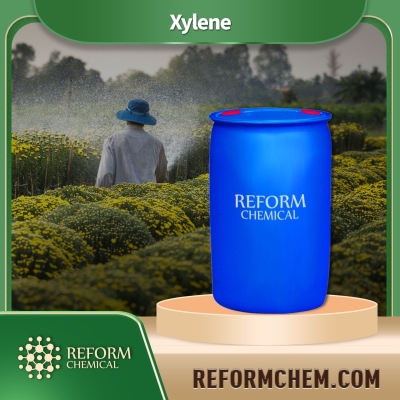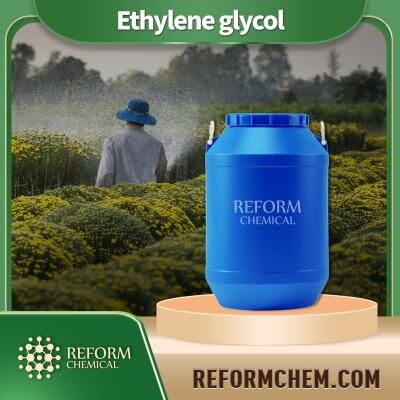Exploring Cetyl Trimethyl Ammonium Bromide
Cetyl trimethyl ammonium bromide (CTAB), sometimes abbreviated as cetyl trimethylammonium bromide, is a quaternary ammonium compound, one that contains at least four trimethylammonium groups that successfully function as quaternary ammonium compounds. Cetyl trimethyl ammonium bromide is well known for its use in hair and skin care formulations as a surfactant and conditioning agent, to improve texture and stability as well as overall product performance. This article will introduce its chemical properties, applications, benefits, and safety considerations.
The CTAB Chemical Composition
Cetyl trimethyl ammonium bromide chemical composition shows as a long fatty chain with a hydrophobic cetyl group and a positively charged, quaternary ammonium head. The special molecular configuration of CTAB allows it to work as a good surfactant, reducing the surface tension of mixtures and blending oil and water.
The cetyl group helps emollient properties, softening and smoothing hair and skin, and the quaternary ammonium part keeps it good moisturizing. To attach to negatively charged surfaces is greatly useful in hair care products.
Use in Hair Care Products
The ingredient cetyl trimethyl ammonium bromide is an important part of many conditioners and shampoos in the hair care realm; it provides manageability and shine.
Since CTAB is cationic, it can bind to the negatively charged hair strands, thus enhancing the resulting conditions and detangling effect. It is great because it helps smooth the cuticle and prevent frizz, especially for people with curly or coarse hair.
In addition, it can create a protective barrier around the hair, protecting the hair from environmental stressors, thus maintaining healthier-looking hair.
The Benefits of Skin Care Formulations
Cetyl trimethyl ammonium bromide has applications not only in hair care but also in skin care, where it serves in emulsion, as an emulsifier and preservative. CTAB stabilizes formulations in creams and lotions because the oil and water portions have to stay mixed together, to achieve the correct consistency, otherwise.
Additionally, its superior moisturizing properties are great for dry and sensitive skin types since they help keep pores healthy, stop the skin from drying out, and create a smooth, soft feel on the skin when applied. It is, therefore, the favorite of products for daily use, like body lotions or facial moisturizers.
CTAB Possesses Antimicrobial Properties
Another way to say this is that cetyl trimethyl ammonium bromide is an antimicrobial and effective antimicrobial, and having antimicrobial activity makes it an ideal candidate for use in a variety of hygiene products.
Having found it effective against a wide variety of bacteria and fungi, studies have demonstrated that CTAB is an effective natural preservative and increases the shelf life of the formulation.
CTAB should be especially important in products for skin application, as it can help reduce the risk of contamination and prevent the consumer issue of inappropriate use. This property is particularly important in formulations such as hand sanitizers, where the reduction of harmful microorganisms is crucial.
Skin Compatibility and Safety Considerations
Cetyl trimethyl ammonium bromide is generally regarded as safe for cosmetic use and should be safety-relevant for individuals with sensitivities. It may cause irritation or allergic reactions for some users with sensitive skin or existing skin problems.
To address potential adverse effects, manufacturers must extensively test for dermatological effects and use only recommended usage amounts. Regulatory agencies have laid out guidelines for maximum allowable CTAB concentration in different formulations, especially in leave-on formulations to ensure that where the product efficacy is not compromised, there is also product safety for the consumer.
Environmental Impact of CTAB
Recently, consumers and formulators alike have come to give closer attention to the environmental impact of cosmetic ingredients, and one compound of interest is cetyl trimethyl ammonium bromide.
CTAB is made naturally, but its production and disposal have sustainability and environmental safety concerns. Formulators must come up with eco-friendly alternatives or responsible sourcing and production practices when CTAB is used in the formulation.
As the industry continues to trim the environmental impact of personal care products, which encompasses not only the products themselves but also their packaging and distribution, the emphasis weighs more heavily on ingredients.
Future Trends and Innovations
Cetyl trimethyl ammonium bromide is promising as further research into its potential use in personal care and pharmaceutical products continues. CTAB innovations are likely to lead to new applications in formulating products, potentially for more effective, green products that respond to consumer desires for broader sustainability.
Furthermore, with the industry moving towards clean beauty and natural formulations, there will be further product development due to the safety and efficacy of ingredients, such as CTAB that will also grow in emphasis.
Conclusion
Finally, cetyl trimethyl ammonium bromide is essential for the proper working of personal care products from hair conditioners to skin moisturizers. As an ingredient for making effective and safe cosmetics, its unique properties such as conditioning, emulsifying, and antimicrobial capabilities make it a useful ingredient. With the industry changing, CTAB will soon become an essential component in producing high-quality, consumer-pleasing products.
Looking for chemical products? Let suppliers reach out to you!
Trade Alert
Delivering the latest product trends and industry news straight to your inbox.
(We'll never share your email address with a third-party.)
Related News
-
Which Antibiotic Should We Choose? Amoxicillin Vs Ampicillin?
-
New Products That Contain Methyldibromo Glutaronitrile Phenoxyethanol
-
What are factors that affect propanone solubility in water
-
Epoxy Vs Resin | Detailed Explanation
-
Benefits of Almond Oil | Detailed explanation
-
What is Molten Sulfur Used for | Uses Cases in Industry
-
What Should We Know About the Facts About Zinc?
-
What are the NaOH uses in industry
-
What are the Benefits of Camphor Oil?
-
What is Oxide | Understanding Formation, Types & Uses
Recommend Reading
-

What is the Process of Oxidizing O Xylene to Phthalic Acid?
-

Do Acids and Bases Conducts Electricity in Solutions?
-

What is the uses of organic citric acid bulk
-

What is the Difference Between Oxidation & Oxidization?
-

How to Source the Best Pigment Dyes for Fabric
-

Installed clean energy sources in national power investment exceeds 50%.
-

Loose supply, overall styrene fundamentals show a weak pattern
-

Flint Group opens water-based inks and coatings and energy-curable ink plants in India
-
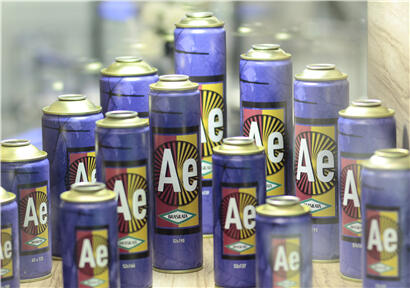
Methanol Guide: morning analysis of methanol market on January 13
-

Safic-Alcan Partners with Sharon Personal Care to Expand Product Offerings in Spain and Portugal





